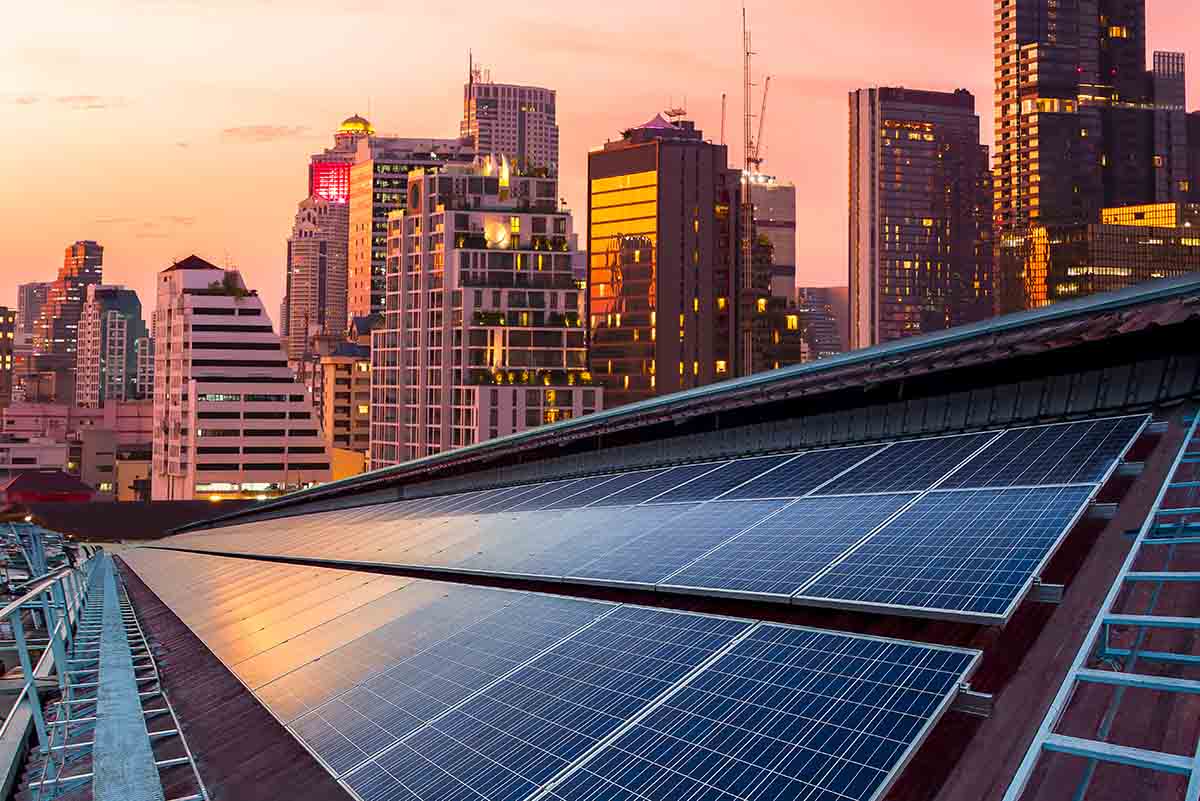10 Technology Trends That Will Impact Our Lives The Future
KEY POINTS
- Rapid technological evolution is integral to the 4th Industrial Revolution, making it crucial for individuals and brands to stay updated or risk falling behind.
- Nvidia is a key player in AI innovation, crafting future technologies that excite many yet cause apprehension in others due to the fast pace of advancement.
- Technologies like AI, IoT, quantum computing, and autonomous driving are poised to significantly alter various sectors, from manufacturing to healthcare and agriculture, highlighting the importance of embracing these changes for future readiness.
Hey everyone! As someone who’s always had their head in the clouds of sci-fi fantasy while keeping feet firmly planted in the reality of today’s tech advancements, I’ve been doing some digging. And let me tell you, my latest research and observations have revealed some thrilling prospects.
We’re on the cusp of seeing some incredible technology not just impact our lives in the next 5 years but potentially redefine them.
✅So, what’s trending?
✅What’s the next big thing in 2024?
✅What are the mega-trends poised to shape our future world?
In this article, I’m diving deep into these questions, exploring the innovations that feel like they’ve leaped straight out of a sci-fi novel and into our reality.
From how we grow our food to how we explore the cosmos, we’re looking at a future where the boundaries of possibility continually expand.
So, I was hoping you could grab a cup of your favorite beverage, settle in, and join me in this exploration. Let’s get ready for the most significant changes in our lives that, until now, we could only dream of.
Looking ahead to 2025, it’s pretty clear we’re in for some significant changes that’ll touch every part of our lives. From exploring outer space to figuring out blockchain technology courses, a lot is coming our way.
But here’s the deal: while some folks are super pumped about what’s next, others feel nervous. And that’s totally okay.
With generative AI popping up, we’re all figuring out how to adapt together and fear less. It’s all about sticking together and learning as we go?
Let’s go!
Nvidia: Pioneering the Future with Every Pixel
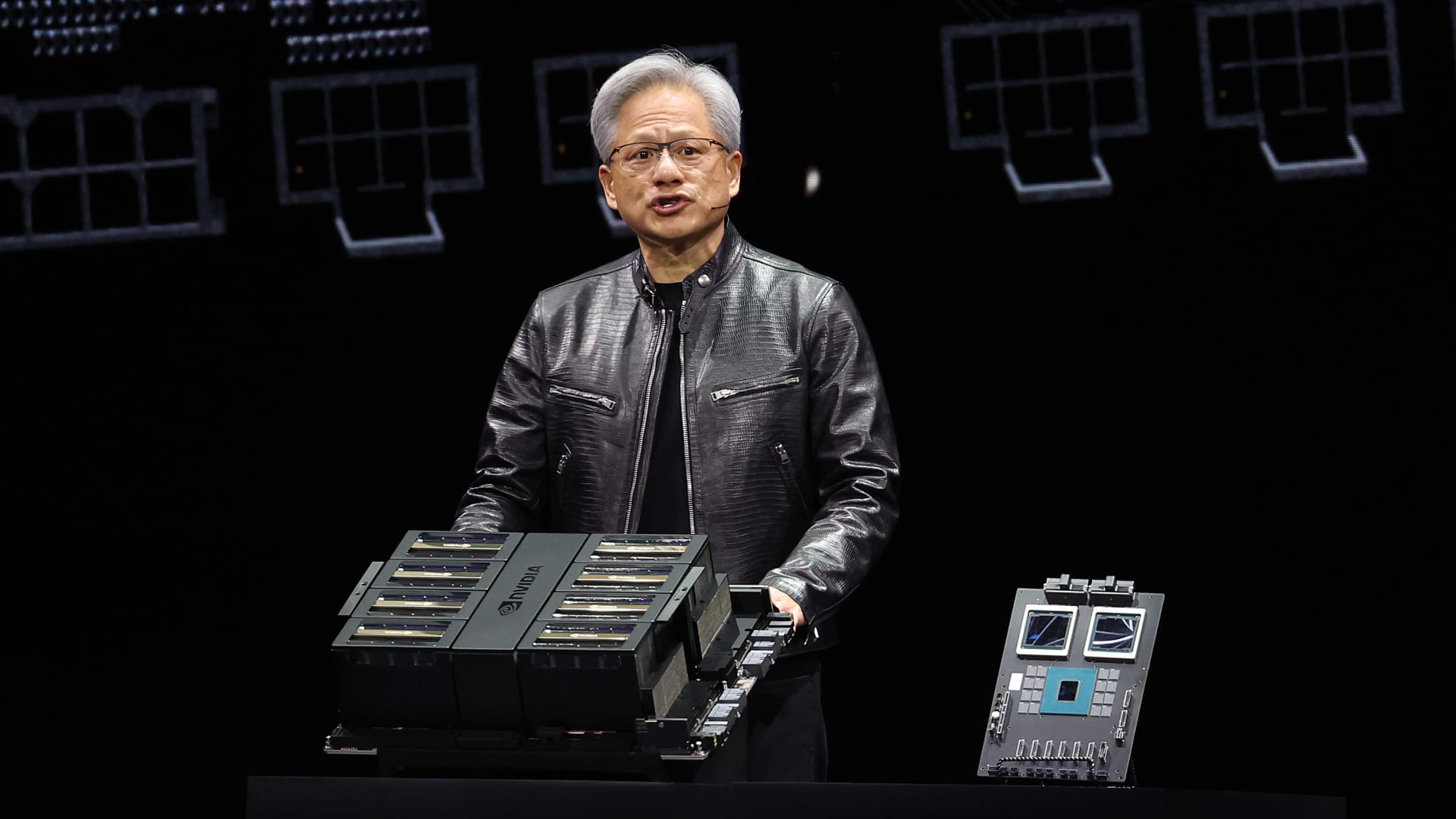
There’s a tangible buzz in the air when it comes to AI, and Nvidia is right at the heart of it, crafting the future pixel by pixel.
For example, their groundbreaking work in generative AI is something straight out of a visionary’s dream. It’s not just about creating stunning images or videos; it’s about pushing the boundaries of content creation, making it more accessible and boundless.
Yet, amidst this excitement, a thread of apprehension is weaving through the crowd. The speed at which AI is evolving can feel like we’re trying to sip water from a fire hose—intense and overwhelming. But here’s the thing, Nvidia isn’t just racing ahead without a glance back.
They’re building bridges as they go, ensuring that AI isn’t just a tool for the tech-savvy but something that enriches everyone’s lives.
Take their work in robotics and automation. It’s not just about machines taking over; it’s about creating co-workers who can handle the dull, dirty, and dangerous, freeing us up for tasks that require a human touch.
Or consider their digital twin technology, which allows us to simulate and solve real-world problems in a virtual space, reducing risks and fostering innovation.
So, while the pace of change can be daunting, Nvidia’s approach gives us plenty of reasons to lean into the excitement rather than retreat in fear. They’re not just creating technology; they’re crafting a future where
AI is a partner in our everyday lives, making the impossible possible and the unimaginable real.
Technology Trends: A.I. Breakthrough In the Manufacturing Sector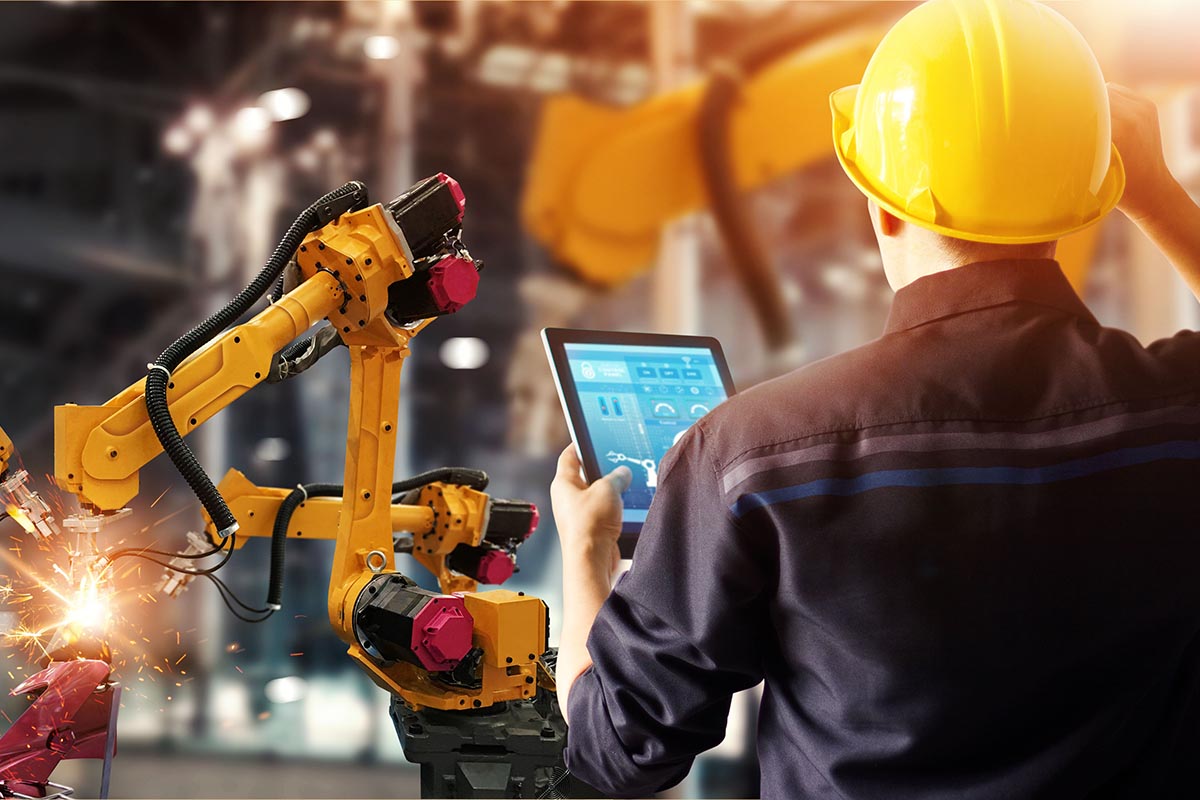
Technology Trends: IoT Practical Deployment
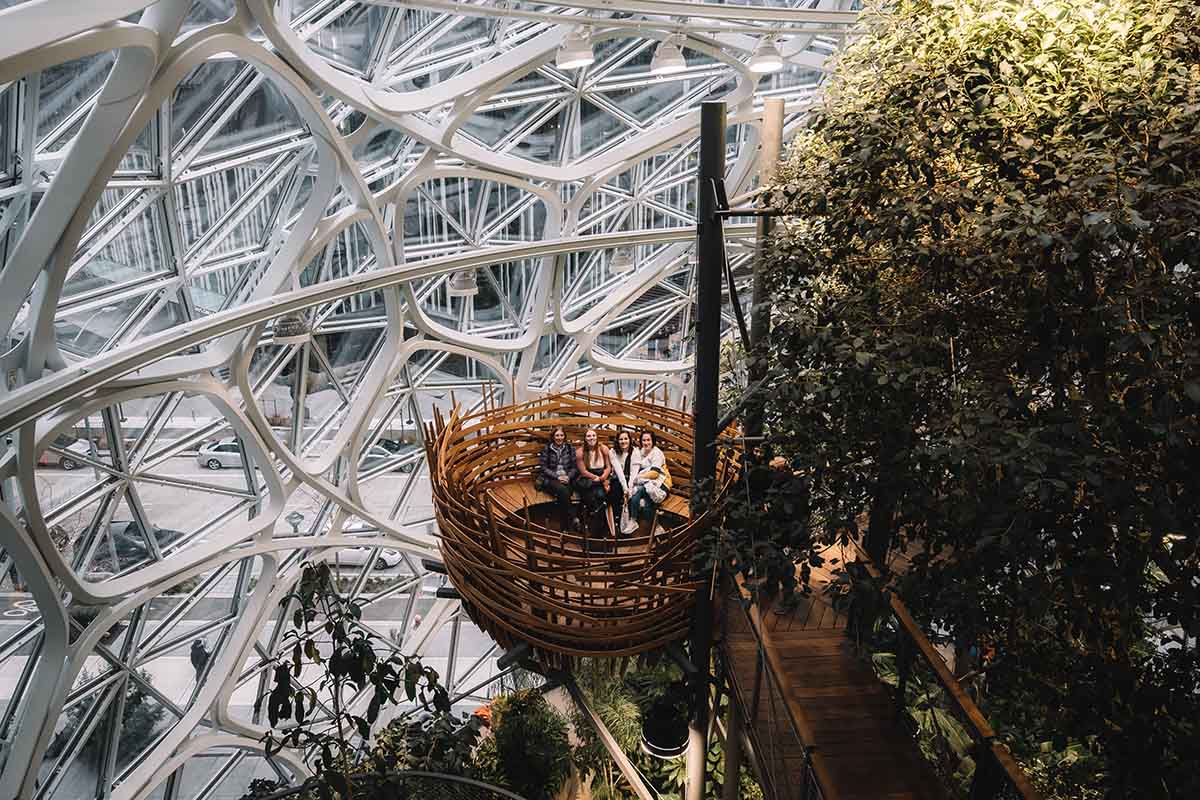
While the Internet of Things (IoT) has been buzzworthy for a while, its widespread adoption hasn’t quite matched the initial hype. But here’s where things get interesting: with the rollout of 5G on the horizon, we’re looking at a game-changer for IoT.
This leap in connectivity means we can expect a surge in devices talking to each other, from smart fridges to factory sensors. The arrival of 5G is set to turbocharge the IoT, making those early predictions a reality by enabling faster, more reliable connections across a multitude of devices.
Increased Demand For Edge Computing Processing Power
Large-scale Use and Commercialization of Quantum Computing
As we march towards 2030, quantum computing is poised to revolutionize fields such as healthcare, with a significant impact on DNA analysis, paving the way for breakthroughs in personalized medicine.
In this transformative era, leading companies like IBM, Google, Honeywell, Rigetti Computing, and IonQ are at the forefront, driving advancements in quantum technologies.
Amidst these innovations, the potential of quantum computing to disrupt blockchain security looms large, highlighting the urgent need for quantum-resistant cryptographic solutions to protect digital assets and transactions.
As we navigate this quantum landscape, it’s imperative to ensure ethical deployment and broad access to the benefits of these groundbreaking technologies, safeguarding the interests of all stakeholders in the digital age.
Aerospace Evolution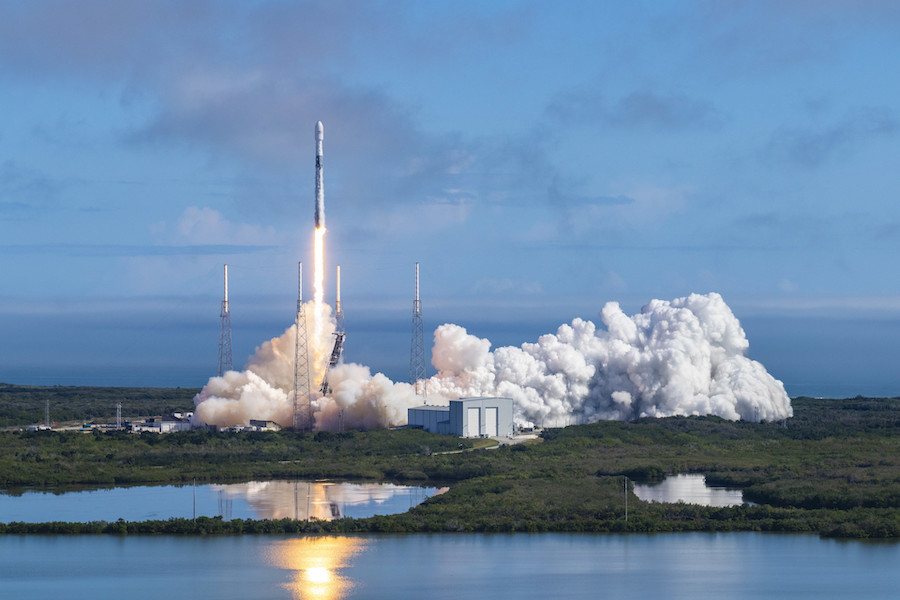
The aerospace sector is experiencing a vibrant resurgence, with ambitious objectives aimed at transforming space into a domain that benefits humanity in multifaceted ways. Beyond exploration, the goals now include enhancing space tourism, tapping into extraterrestrial resources, and laying the groundwork for sustainable human colonies beyond Earth.
Innovative companies like SpaceX and Blue Origin are spearheading this movement, revolutionizing the industry with reusable rockets to make space more accessible. SpaceX’s Starship, envisioned for Mars missions, recently captured global attention with a test flight that marked a significant step towards its goal of interplanetary travel.
The successful test demonstrated the spacecraft’s potential for deep space missions and revolutionizing travel on Earth, promising to connect distant cities in less than an hour.
Virgin Galactic is also making headlines, notably with a flight that included team members such as Kelly Gerardy, showcasing the potential for diverse groups to engage in space travel.
The Inspiration4 mission echoes this move towards inclusivity, SpaceX’s all-civilian orbital flight, which brought space exploration closer to the public while supporting charitable causes.
These developments are complemented by the efforts of national agencies like NASA, ESA, and China’s CNSA, which collaborate with private entities to push the boundaries of human presence in space further.
The recent advancements and missions signify a new space exploration era characterized by broadened access, international collaboration, and a fusion of technological innovation with human aspiration. This global excitement surrounding aerospace achievements reflects a collective eagerness to embrace the cosmos as a frontier for exploration and a new realm for human expansion and collaboration.
New Internet —5G/Starlink Broadband Internet Technology
The deployment of 5G and SpaceX’s Starlink broadband internet technology continues revolutionizing global connectivity. The competition between the U.S. and China in rolling out 5G underscores the technology’s critical role in shaping the future of digital communication.
Meanwhile, Starlink’s ambitious satellite internet service is expanding its reach, with many satellites already in orbit, working towards comprehensive global coverage.
By 2030, the goal is to drastically enhance Starlink’s network drastically, promising reliable high-speed internet to even the most remote corners of the planet. This endeavor is pivotal for bridging the digital divide and facilitating a plethora of advancements that rely on seamless internet access.
The implications of widespread 5G and satellite internet are profound, affecting everything from telemedicine and remote education to IoT and smart cities, fundamentally altering daily life by making digital services more accessible, reliable, and fast.
This connectivity leap forward will unlock untapped innovation potential, creating a more inclusive and interconnected world.
Evolution of Healthcare
In the area of prevention, health care has seen much innovation. There are startups in the U.S., such as 23andMe and Color, which are leading in genome analysis. These companies use genome information to study diseases and provide the right prevention methods.
The quality of treatment is also expected to improve as A.I. improves. We hope to see MRI, CT scans, and X-rays be diagnosed through A.I. Enlitic and Zebra Medical Vision are the leaders of this evolution.
Evolution in Agriculture Technology 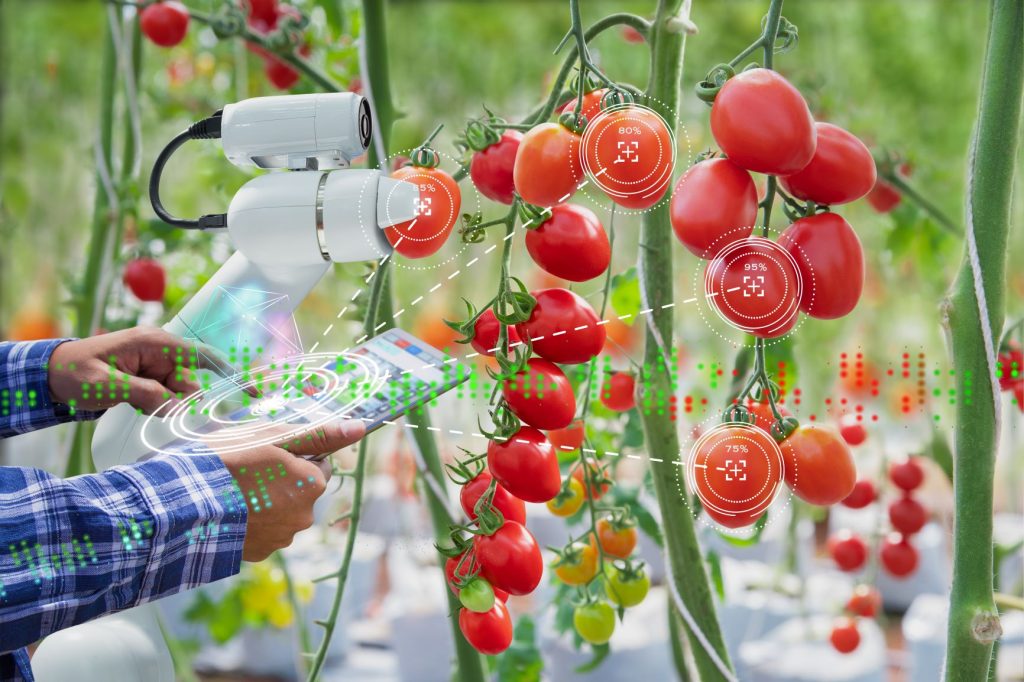
The agricultural sector is undergoing a transformative shift, with the primary goal of enhancing food production efficiency to meet the growing global demand. By leveraging technological advancements, researchers are pioneering methods to cultivate crops more rapidly and sustainably.
Looking towards 2030, it’s anticipated that innovations like computer vision will be pivotal in monitoring crop health and growth, enabling precision agriculture that optimizes resources and yields.
Robotics is also set to revolutionize harvesting processes, with autonomous machines performing tasks from picking fruits to managing fields, thereby reducing labor costs and improving efficiency.
Indoor farming is another area witnessing rapid growth, with companies like Bowery Farming in the U.S. leading the charge.
These enterprises utilize controlled environments to maximize crop yields year-round, irrespective of external weather conditions. This approach not only conserves water and land but also reduces the need for chemical pesticides, contributing to more sustainable farming practices.
Key developers and leaders in this space include tech giants and startups alike, such as John Deere for their smart farming equipment, AeroFarms with their advanced aeroponics systems, and Plenty, known for their vertical farming innovations.
These entities are at the forefront of integrating technology with agriculture, ensuring food security and shaping the future of farming to be more resilient, efficient, and environmentally friendly.
Evolution Of Autonomous Driving Technology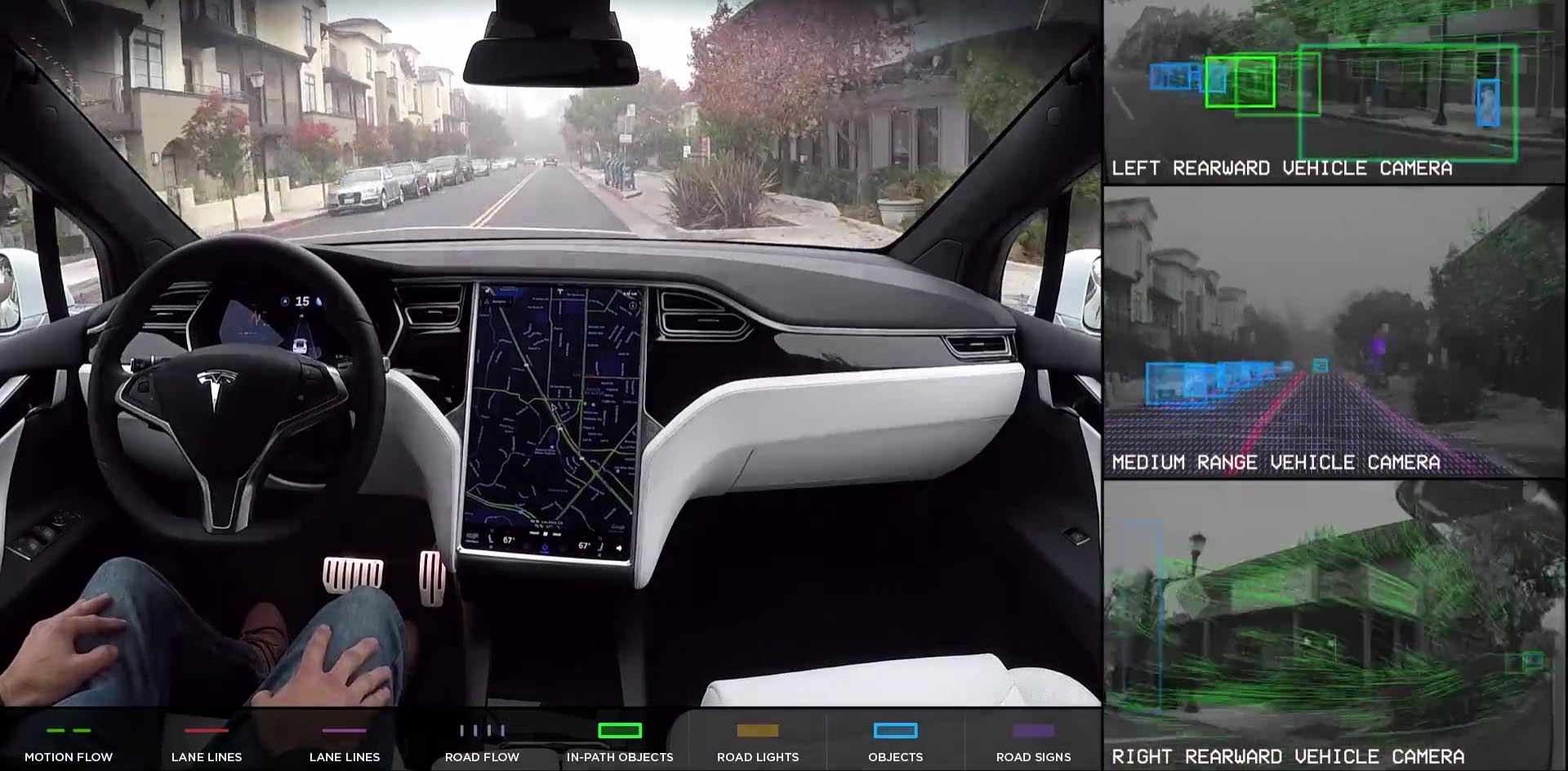
The journey towards autonomous driving is accelerating, with 2025 marked as a pivotal breakthrough year. While Tesla has been a frontrunner with its Autopilot capabilities, it’s part of a broader movement that’s seeing giants like Toyota and newcomers Lucid and Rivian making significant strides.
Toyota is pushing the envelope with its Woven City project, a fully connected ecosystem designed to test and refine autonomous technology, smart infrastructure, and many other innovations in a real-world environment.
Lucid Motors, with its Lucid Air, is not just focusing on luxury electric vehicles but is also embedding advanced driver-assistance systems that pave the way for future autonomy.
Rivian is making waves in the electric truck sector, integrating autonomous features tailored for off-road and adventure, showing that autonomy isn’t confined to city streets.
Together, these companies are not just advancing autonomous driving technology but are redefining our relationship with vehicles, making the future of driving safer, more efficient, and more connected.
Blockchain will be Put To Practical Use
Blockchain is an industry that is ever-growing in popularity, and there is a good reason for it. It’s an exciting and vibrant line of work that has the ability to push your skills to the limit and bring in a lot of money, too.
If you’re currently working in this industry, or you’re hoping to enhance your skills and get involved in this type of job, you may want to check out theblockchainrecruiter.com.
Here, you will be able to learn more about the Blockchain industry and how you can get involved in it.
Whether you’re looking to bring talented people on board to your business or find a role well-suited to your skills, you will discover so much about how this industry is evolving and how you can be a part of it.
As blockchain technology dominates the market, payment-type and security venture companies are gaining attention. Such companies include Chainalysis, which developed money laundering countermeasures.
It is expected that in 2025, companies will move towards blockchain to prevent information leakage and Internet fraud. China has already approved the use of blockchain in China Industrial and Commercial Bank, Alibaba Group, China Southern Airlines, etc. Bitcoin can be considered as good retirement savings.
Technology Trends: My Conclusion
Looking ahead, I can’t help but feel a mix of excitement and a bit of unease about how these big tech leaps, like AI and 5G, are reshaping our world. 2025 feels like it’s going to be a standout year where all these big tech innovations really start to make their mark on how we live and work.
I’ll be honest: the rapid change sometimes makes me pause. It’s a lot to take in, especially thinking about jobs and how we all fit into this new picture. But here’s where I’ve landed: we’ve got to start getting on board with these changes now.
It’s not just about keeping up; it’s about being part of shaping a future that works for all of us. We’ve got this chance to make technology something that really makes our lives better, not just more complicated. So, despite the butterflies about what’s to come, I’m all in for learning and adapting. After all, if we don’t dive in and steer this ship, who will?










